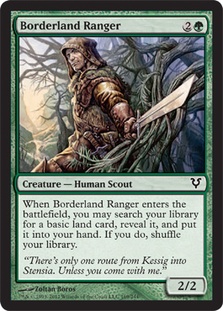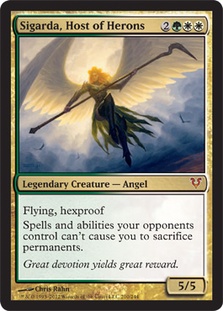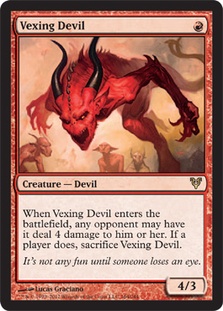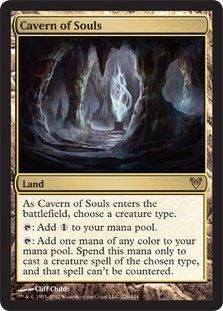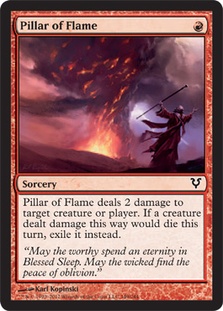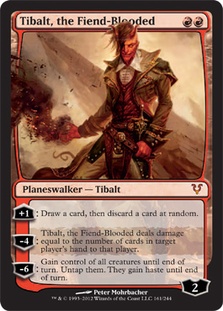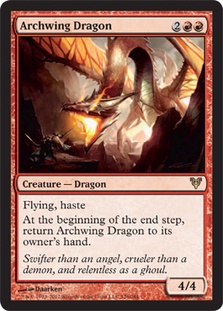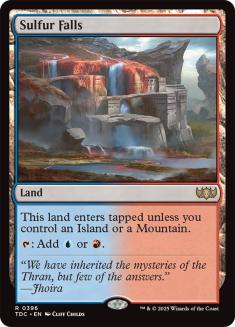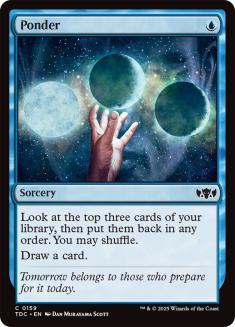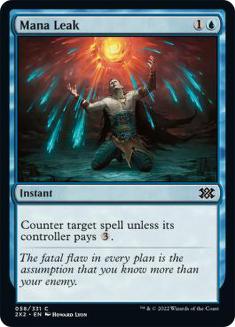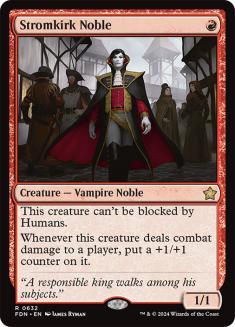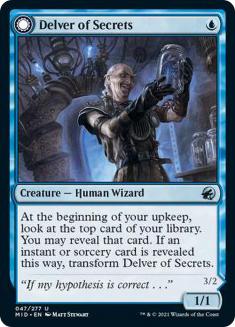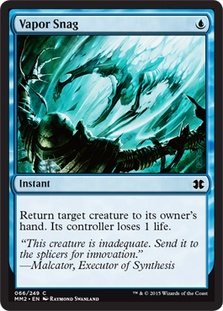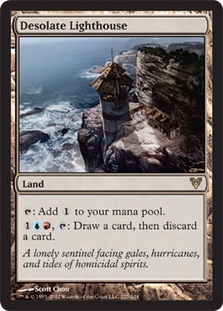Avacyn is going to restore in a few days, and while all the pro players are concentrated on Block Constructed, there are lots of PTQs, World Magic Cup Qualifiers (WMCQs), and SCG Open Series to crush. Some of the new cards are amazing (*cough* Cavern of Souls *cough*), some are overhyped (Vexing Devil), some are just fine (Restoration Angel), but they all shouldn’t be judged in a vacuum. There aren’t very many good cards in the new set, so the first weeks of new Standard will surely have metagame very similar to the current one. That’s an opportunity to exploit.
I didn’t accidentally put Captain Obvious instead of Drogskol Captain into my deck, but thanks to my foreign friends, I have interesting data to evaluate from three 100-player events, all which were held the weekend April 14-15 in three different corners of Europe. A WMCQ in Nizhniy Novgorod (Russia), a WMCQ in London (England), and a SCG IQ in Catania (Italy).Yes, the SCG Invitational is so good that qualifier in Italy attracted 104 people!
Aside about Italy
Last December I wrote that the SCG IQ in Moscow was a good opportunity to deal with the lack of Worlds. That very day I got a message from Antonio Neri, player from Sicily, who asked me how to organize an SCG IQ outside of the United States. We had a good chat, and the result was a 104-person tournament that attracted many good players from southern Italy. Moreover, I met with Antonio at GP Turin, so I can say one more time that traveling and gaining new friends is one the best parts of Magic: the Gathering!
End aside
Here’s the metagame breakdown from the weekend:
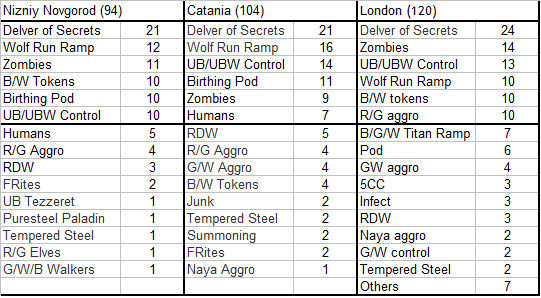
The list of decks that made Top 8:
8 Delver decks (two wins)
4 Wolf Run
4 R/G Aggro (one win)
2 Birthing Pod
2 B/W
1 W/B/R Reanimator
1 Zombies
1 Humans
1 U/W/B Control
My very first conclusion is that Delver decks and R/G Aggro overperformed while Zombies and control decks didn’t run well. Furthermore, the next week was highlighted by Delver mirrors in the finals of SCG Open Series: Birmingham and the Magic Online PTQ.
What does this mean? It means that Delver is still the best deck, but everybody is ready not only for Delver but for the “second best deck” too. Nevertheless, Standard is healthy now; there are many decks ready to beat public enemy number one, and despite overall diversity, the format is finally in a state where control is solid choice.
Note the differences between countries. G/W/B Ramp with Lingering Souls and Grave Titan was the sixth most popular deck in England, while there was no single copy in Russia or Italy! There’s a consistent tier 1 (including Delver, Wolf Run, and Zombies), but the popularity of tier 2 decks like B/W Tokens is very country-dependent. I did not include control decks in tier 1 due to fact that there are so many different builds and ideas around. These decks are very interesting, but there’s a “gold standard” to start from.
The same is true for other relatively popular decks and for new decks that will emerge with the new set. A deck’s development and evolution is a long process that requires much effort. Sometimes the edge separating two potentially good decks is the amount of attention paid to the deck by players.
I’ve already seen three or four builds of post-Avacyn Restored Mono Red (and my own is at the end of this article), so despite the fact that I think it’s not the right time for a red deck now, I can say that all new ideas for Mono Red will be well explored and used. The same is not true, for example, with Zombies, which is very attractive for semi-casual players but still has no defined colors or consensus in how to build it.
I’m not ready to make my own proposal, but I hope that the new set will draw more people to work on Zombies. As for me, I want to play Skirsdag High Priest with Gravecrawler and Bone Splinters—and precisely investigate the pros and cons of Cavern of Souls over Phyrexian Obliterator (who is, unfortunately, a Horror, not a Zombie like Skinrender).
Ok, it’s decklist time! The link for the English Top 8 is here, the Italian Top 8 is here, and the Russian Top 8 is here. Aside from the winners (two Delver decks and R/G Aggro), the decks of almighty Antonino de Rosa and three former national champions (Alexander Privalov and Andrey Kochurov of Russia and Daniel Royde of the Great Britain), an interesting rogue deck (Reanimator of Cyrus Bales), and a lot of interesting tech (strange Europeans still play Wrack into Madness against Phyrexian Obliterator) are included.
There are three different versions of Delver among these Top 8 decks: “classic” Delver with equipment, Esper Spirits designed by Sam Black for Pro Tour Dark Ascension, and the Intangible Virtue deck designed by Gerry Thompson. The first and last are simple: equipment Delver is powerful and still wins while Intangible Virtue Delver is the latest creation of one of the most influential contemporary deckbuilders. The story of why some played Esper Spirits is more interesting.
When I came back from GP Turin, my teammates were testing different versions of Delver (including the Intangible Virtue one). Primary scouting showed that B/W Tokens was going to be the second most popular deck, so equipment Delver was bad choice and Intangible Virtue isn’t as good against the deck with eight Anthem effects. So they decided to use the outdated-looking Drogskol Captain deck to ensure that they had a good matchup against equipment Delver and could abuse B/W Tokens’ lack of instant speed removal for the Drogskol Captain plus Phantasmal Image combo (which could make our Spirit tokens as large as opposing ones).
Maindeck Revoke Existence finished the list that was used by my teammate Andrey Kochurov for his Top 8 result. Moreover, of the 21 Delver decks in Nizhniy Novgorod at that tournament, five were not equipment Delver—and they all played Drogskol Captain, not Intangible Virtue! So when I’m going to a tournament in Russia, I want to be prepared for Drogskol Captain, while you players in the US should sharpen your deck against Intangible Virtue Delver.
You may have noted that B/W Tokens in fact was not the second most popular deck at the Russian WMCQ. In fact, it tied for 4th-6th place with Birthing Pod and U/W/X Control. Why? Because I was not the only person scouting estimated metagame! Zombies was completely underestimated by everyone (and, looking at their results, not without reason), but many players who noticed Tokens’ popularity before the tournament chose Wolf Run Ramp as their weapon. I went even deeper, using all four Solemn Simulacrum and Elesh Norn, Grand Cenobite to have an edge in the Wolf Run mirror too.
My adventures at the WMCQ were very unspectacular: I gathered things that tennis players call “unforced errors” and then lost to both Mono Red decks that were at the tournament. Other ramp players somehow shared my fate (I saw a win-and-in defeat against R/G Aggro, attack for nine poison from Tempered Steel, etc., etc.), so only one Wolf Run Ramp was in the Top 8. In Catania ramp players were better, being second and third.
Riccardo Delisi’s perfectly built white-heavy ramp will be a good home for two new cards: freshly reprinted Borderland Ranger (which will be also good in R/G/B Ramp) and Sigarda, Host of Herons. The G/W angel reminds me of Sphinx of Jwar Isle, which was very legitimate finisher in Mythic. Resilience to removal and reasonably fast clock are not to be ignored.
Unfortunately, there’s no Steward of Valeron with which to build a dedicated Mythic-like deck, but Sigarda, Host of Herons would be nice as Green Sun’s Zenith target in Wolf Run White. And, for anyone who’s curious, I think that Somberwald Sage is not the new Lotus Cobra. My updated version of Wolf Run White looks like this (I’m a little bit less excited about the synergy of Day of Judgment and Viridian Emissary):
Creatures (18)
- 4 Solemn Simulacrum
- 1 Acidic Slime
- 1 Borderland Ranger
- 4 Primeval Titan
- 1 Thrun, the Last Troll
- 2 Viridian Emissary
- 2 Elesh Norn, Grand Cenobite
- 2 Huntmaster of the Fells
- 1 Sigarda, Host of Herons
Planeswalkers (2)
Lands (26)
Spells (14)

Another deck I want to highlight is interesting because it’s probably the first time since PT Dark Ascension that Wolf Run Ramp attracted the attention of a serious pro player. Antonino de Rosa, fresh from his GP Turin win, made Top 4 in Catania (being one of the most powerful players in the Top 8 of an SCG IQ ever). Refer to his list above if you skipped over it.
Antonino decided to run straight G/R with some interesting details to point out. First, he played 24 lands (as Riccardo Delisi did), while the commonly accepted default number is twenty-five or even twenty-six. I’m not sure that it’s right decision, but it’s worth trying (although I’d add Borderland Ranger and a fourth Solemn Simulacrum to 24-land ramp). Red Sun’s Zenith is not common in Wolf Run Ramp decks, but if we stop underestimating Zombies it becomes more promising—not that much worse than Galvanic Blast in the early game, but significantly better against black hordes, against Strangleroot Geist, and against any opponent in the lategame. The second Zenith in the sideboard and a pair of Wrack with Madness finishes the picture.
I said that I played against two Mono Red decks at my WMCQ. The red deck is bad matchup for Wolf Run Ramp despite four Huntmaster of the Fells, so I had Tree of Redemption in my sideboard. I didn’t really expect to see Mono Red as a serious threat, but it’s always popular in Russia so there was no reason to leave Tree in the binder. Antonino went even further and added two Batterskulls. It’s probably the right direction, especially because a new set’s release always attracts people to aggressive strategies. Vexing Devil isn’t good, but it’s already sold out in preorders!
“What was given to Mono Red?” is the first question I ask myself when a new set is spoiled—not because I want to play it, but because I want to be prepared. Vexing Devil and Hellrider share a creature type (as Grim Lavamancer, Stormblood Berserker, and Hero of Oxid Ridge do). Vexing Devil is obviously bad, but it will surely see play in Mono Red (just because there’s nothing better); at the same time, the ability to safely cast four-mana creatures into counterspells is somewhat interesting as it pushes both available four-mana creatures over Koth of the Hammer (which isn’t good in an aggressive metagame).
Creatures (25)
- 4 Grim Lavamancer
- 4 Chandra's Phoenix
- 4 Stormblood Berserker
- 4 Stromkirk Noble
- 4 Hellrider
- 1 Torch Fiend
- 4 Vexing Devil
Lands (21)
Spells (14)

Pillar of Flame is an obvious addition to the deck—a better Magma Spray at sorcery speed in a format with Strangleroot Geist and Geralf’s Messenger? I’m in! Tibalt, the Fiend-Blooded and Archwing Dragon are a little bit strange, but I’m sure I want to give them a chance. Tibalt looks like a solid role player who will be very good against heavy control decks (which are unable to deal with him until he’s be able to do…what?). The Dragon is even trickier: it’s two times faster than Chandra’s Phoenix but weaker against removal and countermagic. But sometimes flying is what you really need, and four Phoenixes just aren’t enough.
Aside from making our guys uncounterable, Cavern of Souls has another interesting application—the ability to support one-drop creatures of different colors. Due to the nonbo with allied-colored dual lands (Glacial Fortress will become Coastal Tower for sure), Cavern of Souls isn’t really good in Standard, but there’s nothing better in Block Constructed (where you can cast both Champion of the Parish and Delver of Secrets or Champion of the Parish and Avacyn’s Pilgrim). Nevertheless, there’s a Standard deck which really needs this land.
Consider this starting hand:
And take a look at this six-card hand:
*shrug* Will these hands be better with Cavern of Souls? Surely.
Obviously there are some problems (casting Ponder, etc.), but the main question is, “Are you ready to name Vampire while playing Cavern on turn 1?” I’m not sure, so I tried a U/R build without Stromkirk Noble. Maybe it’s the wrong idea, but now I’d rather try new cards than keep the roots.
Creatures (20)
- 4 Grim Lavamancer
- 2 Hero of Oxid Ridge
- 4 Stormblood Berserker
- 4 Snapcaster Mage
- 4 Delver of Secrets
- 2 Vexing Devil
Lands (20)
Spells (20)

Desolate Lighthouse makes Grim Lavamancer better and provides some additional synergy to make our U/R Human tribe workable. The whole mana base is a little bit risky, but Ghost Quarter can work as mana fixing here. There are almost no double-cost color cards, so it should work. From any other side, I believe that R/U Aggro is just a better version of Mono Red. The mana base was the main problem of the deck, and now it’s at least partially fixed.
There are other interesting cards, but in my opinion Avacyn Restored is a very strange set for Constructed. Many of its cards are hard to evaluate properly. Is Kessig Malcontents or Kruin Striker good enough for Standard? What decks are proper homes for Zealous Conscripts and Champion of Lambholt? Is it possible to use Tamiyo, the Moon Sage in Turbofog-like deck? All these issues just need time to be solved, so I expect many interesting things to happen once Avacyn Restored is released!
Good luck at your Prerelease!

